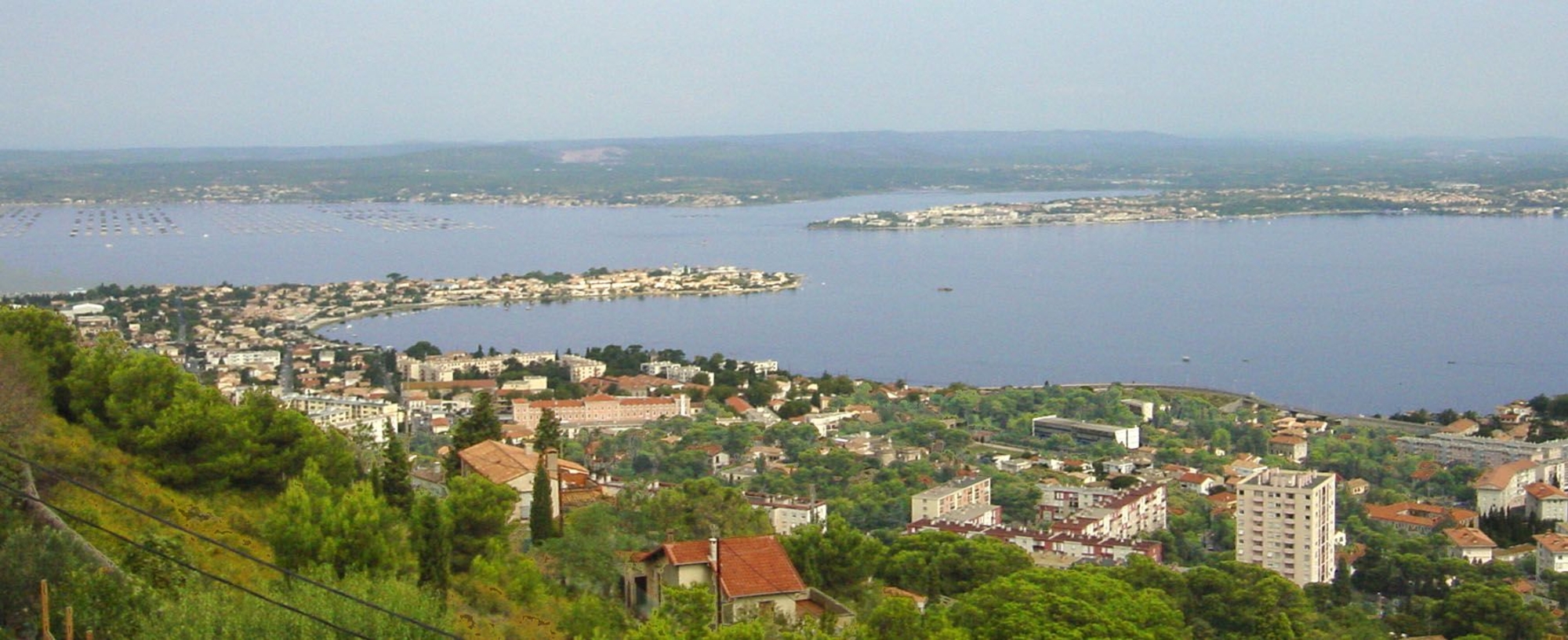
- Home
- Exploring the shoreline
- Underwater habitats
- Caronte Canal (Martigues)
Two archaeological deposits in Martiques were surveyed following the discovery of 20,000 pottery sherds on the shores of the Caronte canal. The deposits, designated Abion and Salins de Ferrière, indicated the likely presence of submerged prehistoric dwellings.
One site, two deposits
The geography of the canal has completely changed over the two centuries of its existence.
Initially an outlet for the lagoon called Étang de Berre, the narrow Caronte channel ultimately developed into a navigable waterway. At first dredged to a depth of three metres, it was gradually widened to facilitate the passage of shipping between the Berre lagoon and the sea. Today, the canal is a major maritime route under the management of the Autonomous Port of Marseilles and contributes to the region’s industrial development. The two deposits are situated on either side of the motorway bridge which overlooks Martigues.
And plenty of questions
The prehistoric dwellings found in the canal were part of a dynamic trend to occupy the lands on the Mediterranean seaboard. The Abion deposit has considerable potential. The material culture has benefited from its sojourn in a humid environment, and the presence of a large number of wooden items could provide important information, especially since very few pre- and protohistoric saltwater sites have been found in the south. The same goes for deposits containing similar material from the late Bronze Age.
Dendrochronological analyses and radiocarbon dating will be used to refine the chronological markers. This work contributes to the establishment of a dendrochronological repository for the West Mediterranean Sea.


